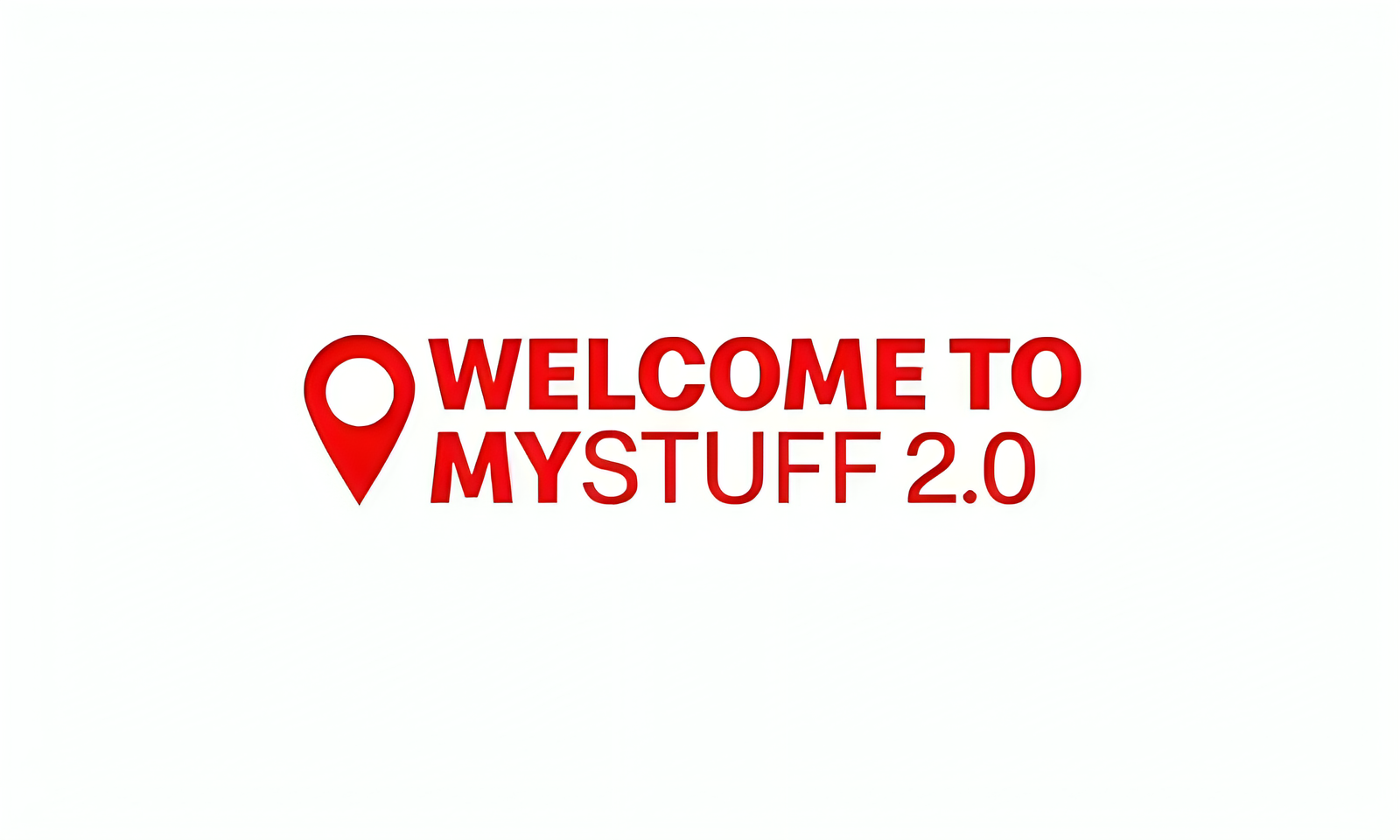In the business world, sending invoices is a routine yet crucial task. Whether you’re a freelancer, small business owner, or part of a larger organization, an effective invoice email can streamline your payment processes and leave a positive impression on your clients. This article will walk you through the essential elements of an invoice email template and provide tips for writing professional, clear, and polite messages that facilitate timely payments.
Why Is an Invoice Email Important?
An invoice email serves as a formal request for payment after goods or services have been provided. It’s more than just an attachment—it’s an important communication tool that confirms your payment terms, sets expectations for when the payment is due, and helps maintain good relationships with clients.
A well-crafted invoice email:
- Clarifies Payment Terms: It reminds your client of the agreed payment amount, due date, and payment methods.
- Enhances Professionalism: Sending an email with a clear, concise message reflects well on your business.
- Prevents Misunderstandings: Proper documentation and communication reduce the chances of confusion over charges or payment deadlines.
- Speeds Up Payment Processing: A polite yet firm email can encourage timely payments, ensuring healthy cash flow for your business.
Key Elements of a Professional Invoice Email Template
A good invoice email should be clear, polite, and to the point. Here’s a breakdown of the key components to include:
- Subject Line
- The subject line should be clear and specific, making it easy for the recipient to recognize the purpose of the email.
- Examples:
- “Invoice [#12345] for [Your Business Name] Services”
- “Payment Request: Invoice [#12345] Due [Date]”
- Examples:
- The subject line should be clear and specific, making it easy for the recipient to recognize the purpose of the email.
- Greeting
- Start with a polite and professional greeting.
- Example: “Dear [Client’s Name],”
- Start with a polite and professional greeting.
- Introduction and Purpose of the Email
- State the purpose of your email right at the beginning so the client knows immediately what to expect.
- Example: “I hope this message finds you well. Please find attached Invoice [#12345] for the services we provided during [time period or project name].”
- State the purpose of your email right at the beginning so the client knows immediately what to expect.
- Invoice Details
- Provide a brief overview of the key details from the invoice: total amount, due date, and any important notes about the charges.
- Example: “The total amount due is $500.00, with payment due by [Due Date]. Please let me know if you have any questions about the invoice or require any further details.”
- Provide a brief overview of the key details from the invoice: total amount, due date, and any important notes about the charges.
- Payment Instructions
- Clearly specify the payment methods you accept (e.g., bank transfer, PayPal, credit card) and include any relevant information such as account details or payment links.
- Example: “Please make the payment to the following bank account details: [Bank Details]. Alternatively, you can pay via PayPal at [PayPal Email Address].”
- Clearly specify the payment methods you accept (e.g., bank transfer, PayPal, credit card) and include any relevant information such as account details or payment links.
- Closing and Contact Information
- Thank your client for their business and invite them to reach out if they have any questions or concerns.
- Example: “Thank you for your prompt attention to this matter. If you have any questions or need further clarification, please feel free to reach out.”
- Thank your client for their business and invite them to reach out if they have any questions or concerns.
- Signature
- Include a professional sign-off with your name, company name, and any other relevant contact information.
- Example:
- “Best regards,
[Your Name]
[Your Position]
[Your Business Name]
[Your Contact Information]”
- “Best regards,
- Example:
- Include a professional sign-off with your name, company name, and any other relevant contact information.
Sample Invoice Email Template
Here’s how a full invoice email might look, incorporating the elements above:
Subject: Invoice #12345 for Web Design Services
Dear [Client’s Name],
I hope this message finds you well. Please find attached Invoice #12345 for the web design services provided to [Client’s Company Name] in [Month/Year].
The total amount due is $1,200.00, with payment due by [Due Date]. Please review the invoice at your earliest convenience.
Payment Instructions:
- Bank Transfer: Please send payment to the following bank account:
Account Name: [Your Business Name]
Account Number: [Account Number]
Bank Name: [Bank Name]
Sort Code: [Sort Code]- PayPal: Alternatively, you can make the payment via PayPal to [PayPal Email Address].
Should you have any questions about the invoice or the payment process, please don’t hesitate to reach out.
Thank you for your continued business and prompt attention to this matter.
Best regards,
[Your Full Name]
[Your Position]
[Your Business Name]
[Your Email Address]
[Your Phone Number]
Tips for Writing an Effective Invoice Email
- Be Polite, But Clear: While it’s essential to maintain a professional tone, you also want to avoid being overly formal or stiff. Keep your language clear, concise, and friendly.
- Use Simple Language: Avoid jargon and technical terms unless the client is familiar with them. Make the email as straightforward as possible.
- Include Relevant Attachments: Attach the invoice document (typically in PDF format), and make sure it’s labeled correctly (e.g., “Invoice_12345_CompanyName.pdf”). Double-check that the invoice is easy to read and includes all necessary details.
- Avoid Sending Late: Timeliness matters. Sending the invoice email promptly after completing the work shows you value your time and your client’s. Also, consider sending a polite reminder email a few days before the due date if payment hasn’t been made.
- Proofread: Always review your email for spelling and grammatical errors before sending it. A well-written email reflects professionalism and attention to detail.
Conclusion
Crafting an effective invoice email is about more than just attaching a document; it’s about creating a clear, professional, and courteous communication that helps facilitate timely payment and maintain good business relationships. By following the tips and using the template outlined above, you can create an invoice email that ensures your clients understand the terms and pay promptly.



